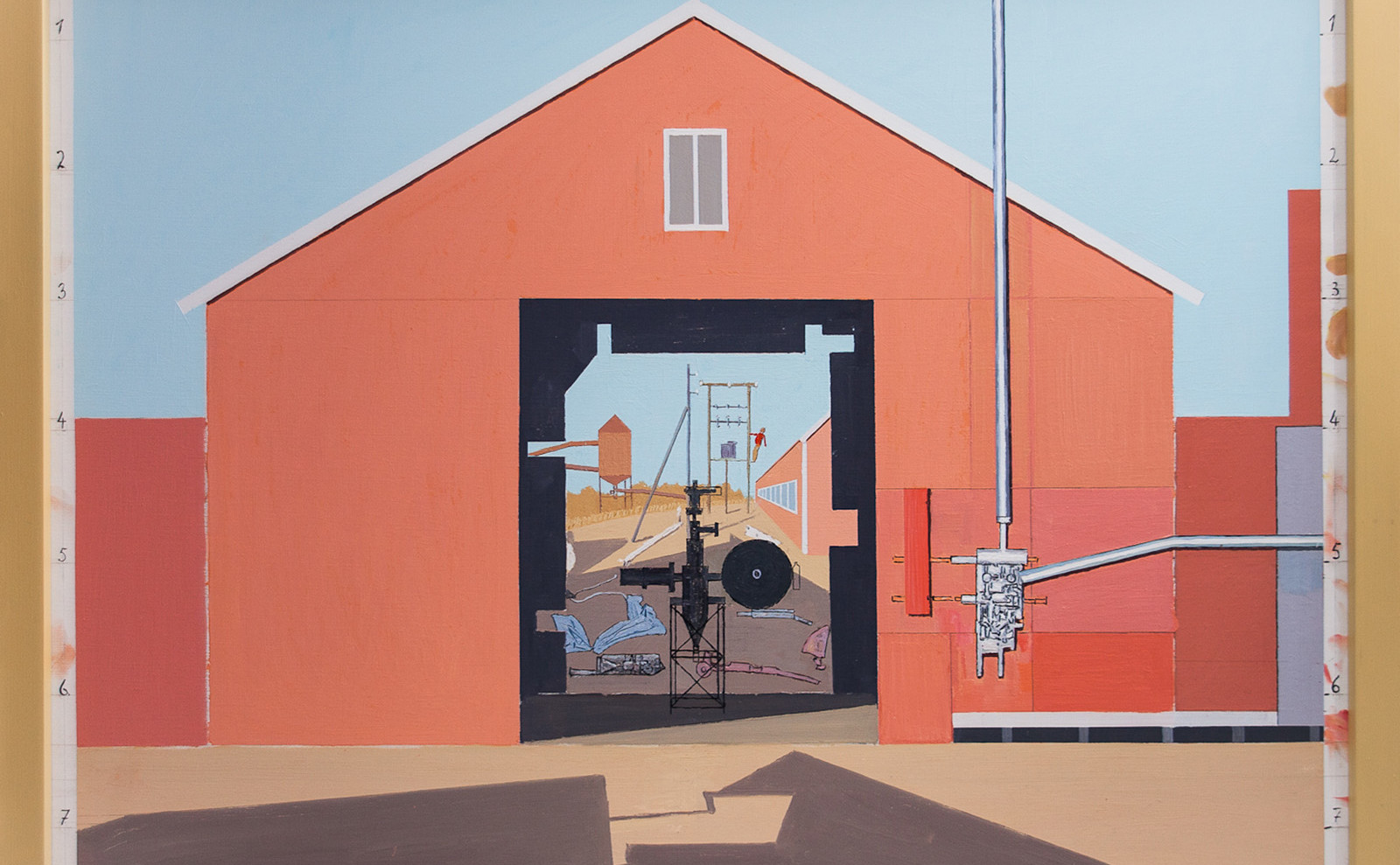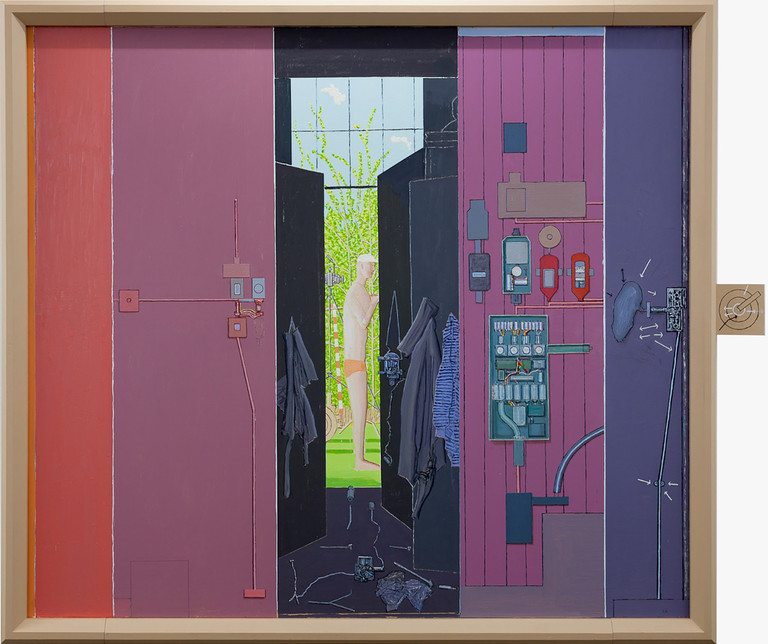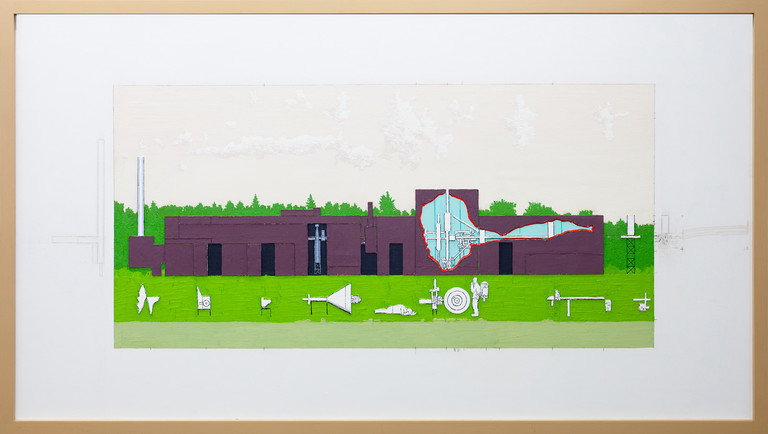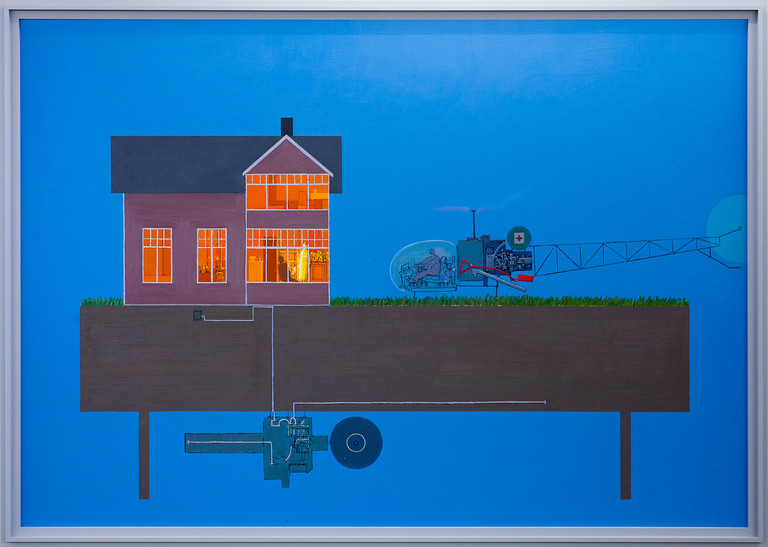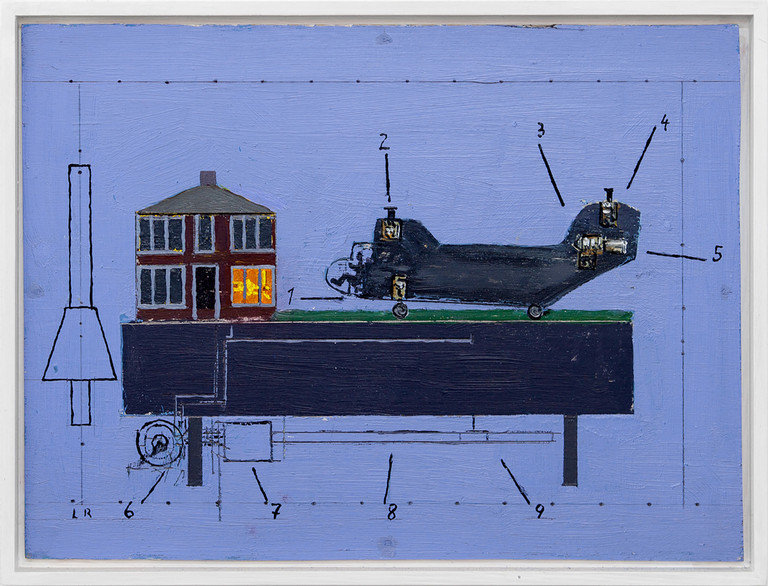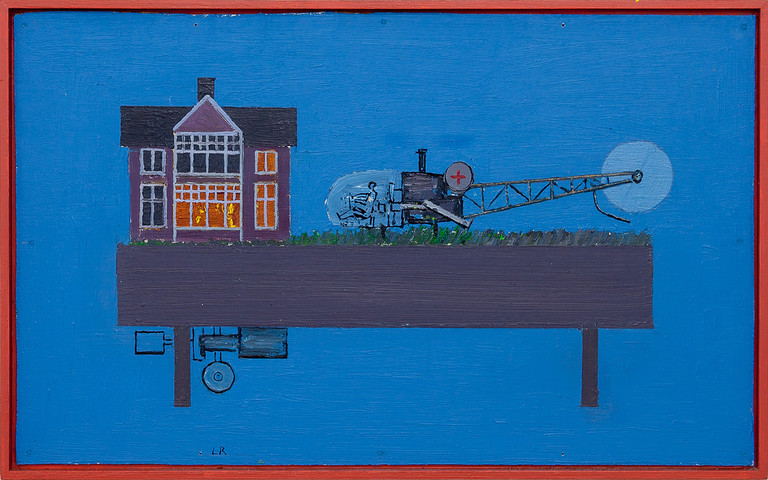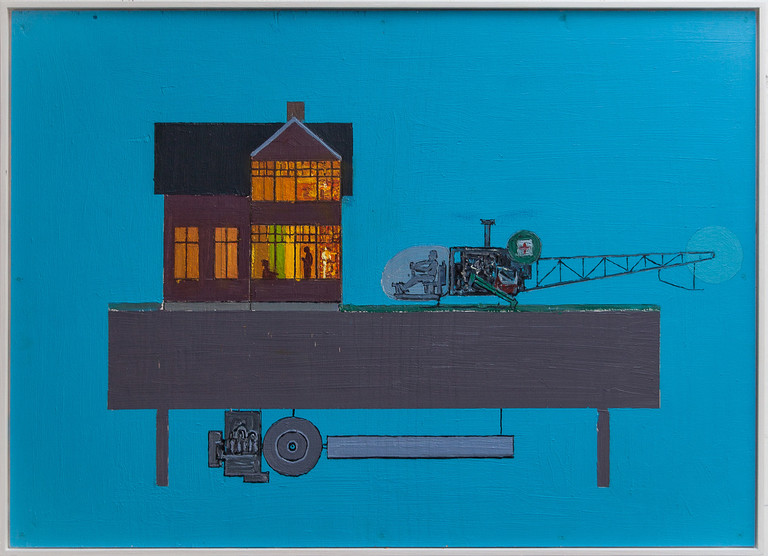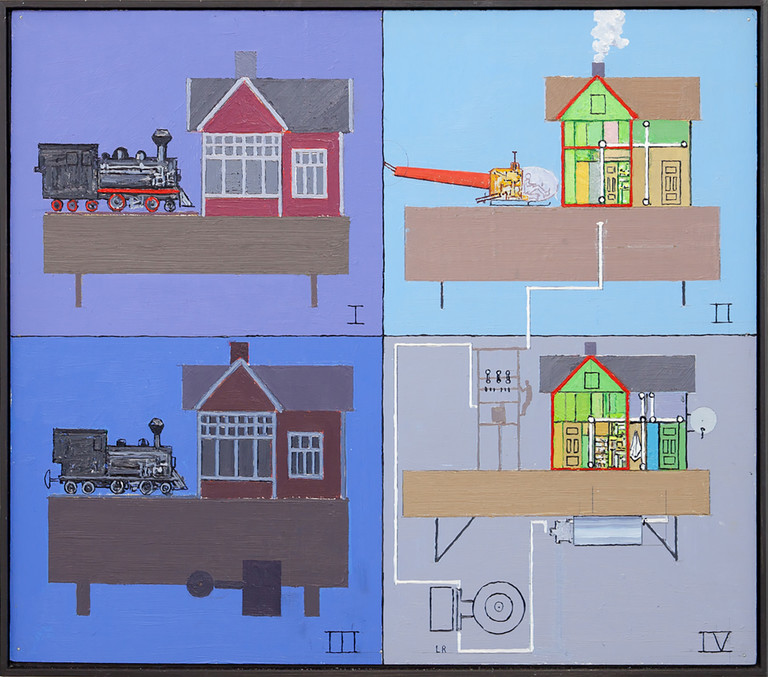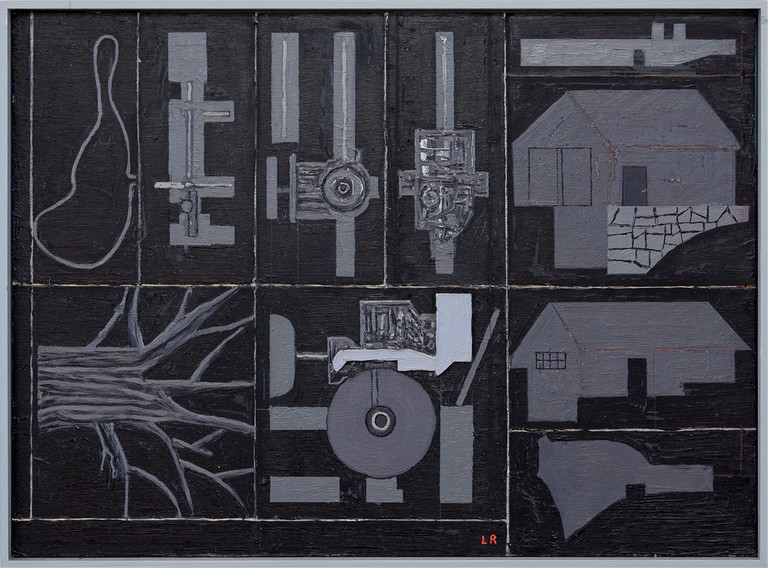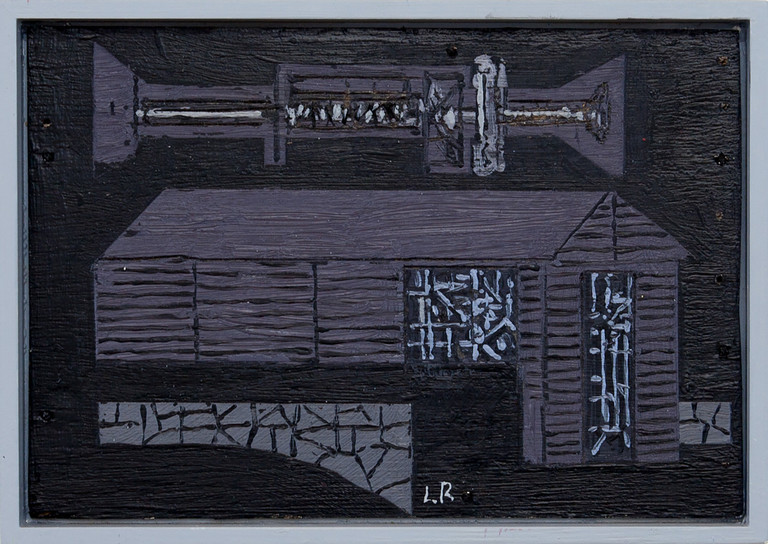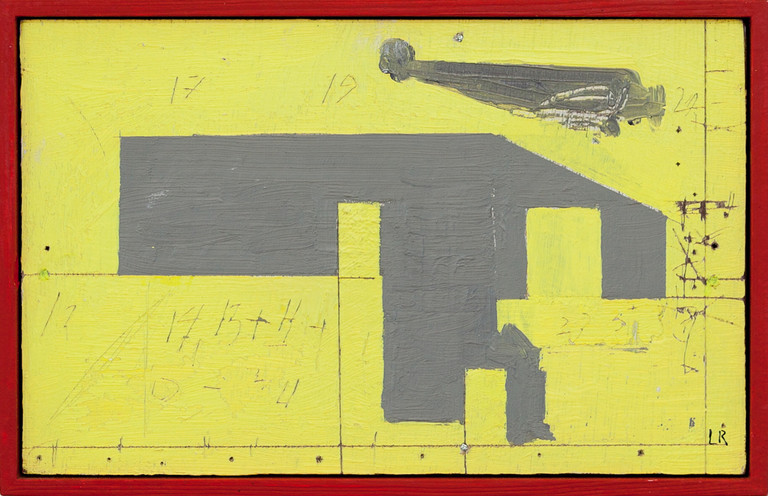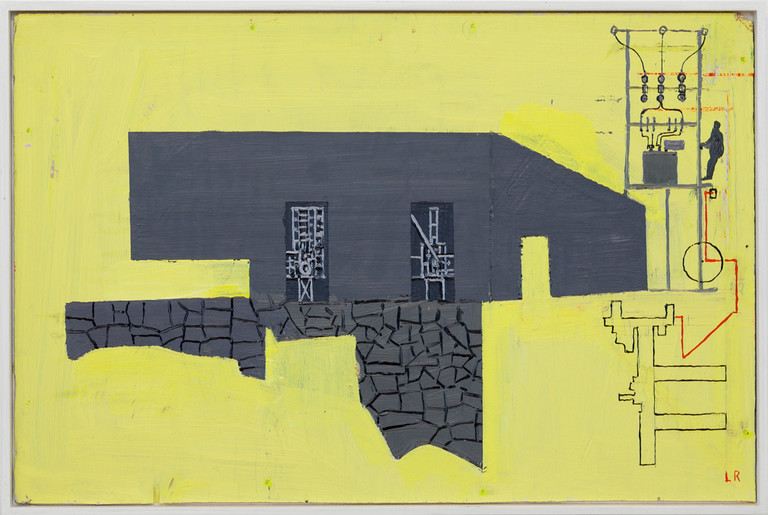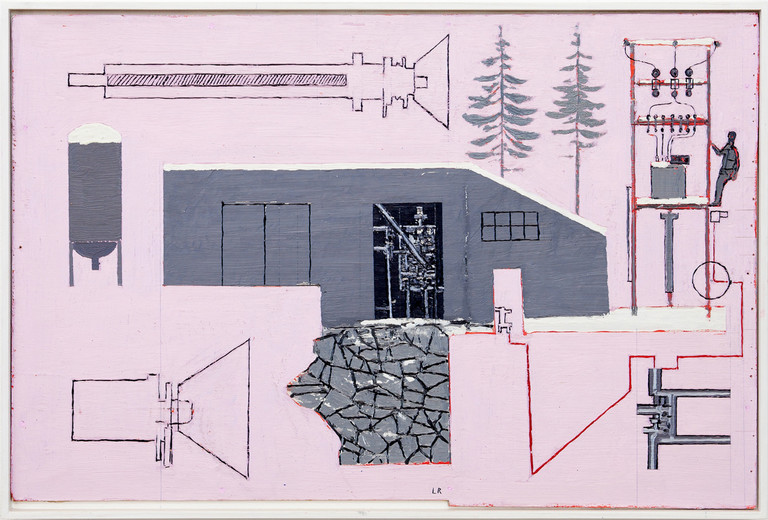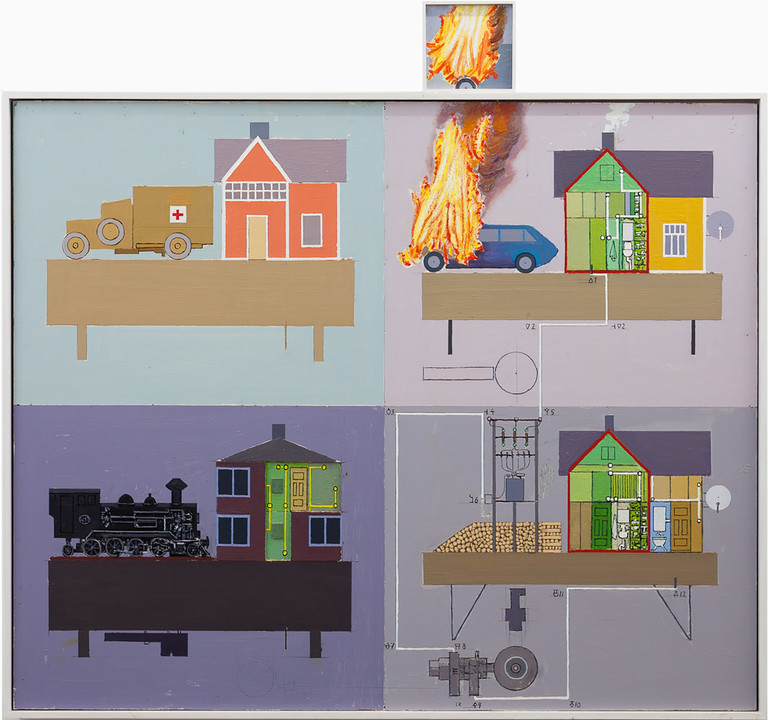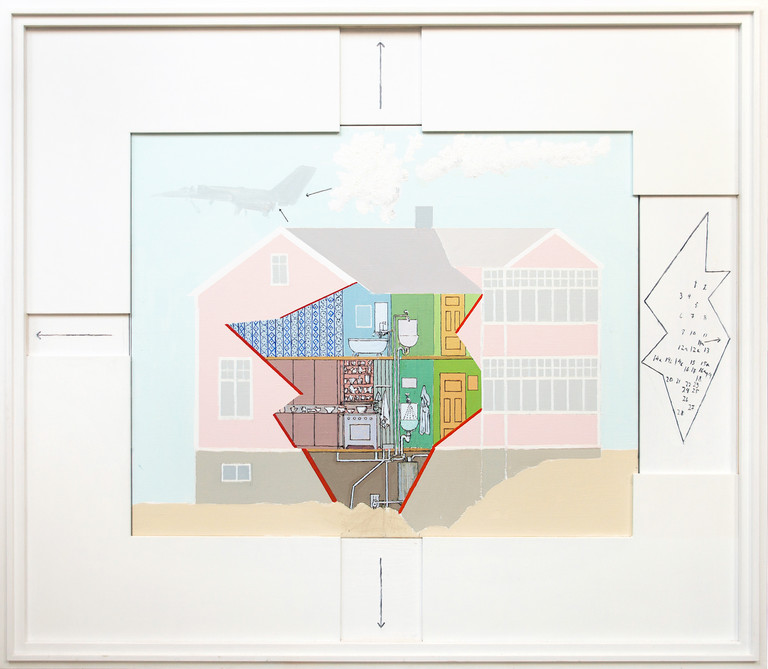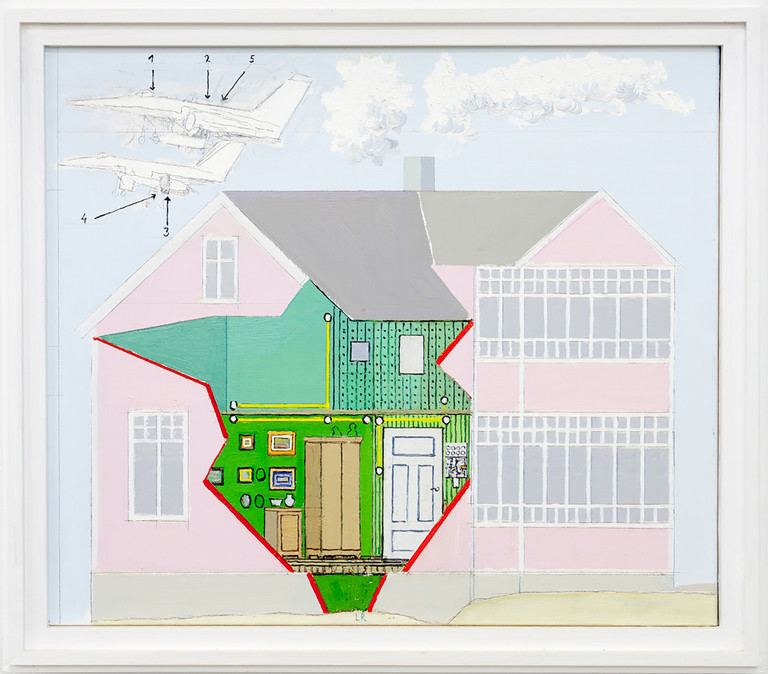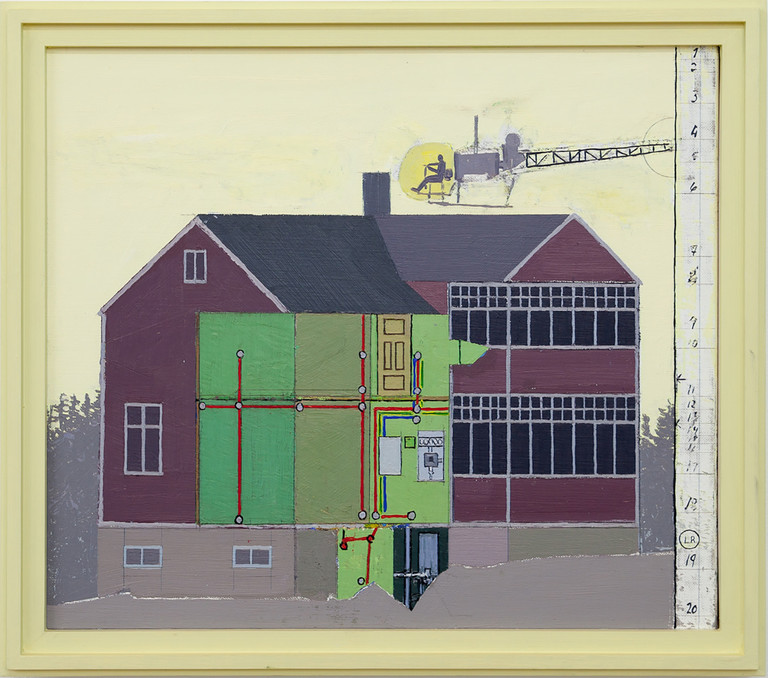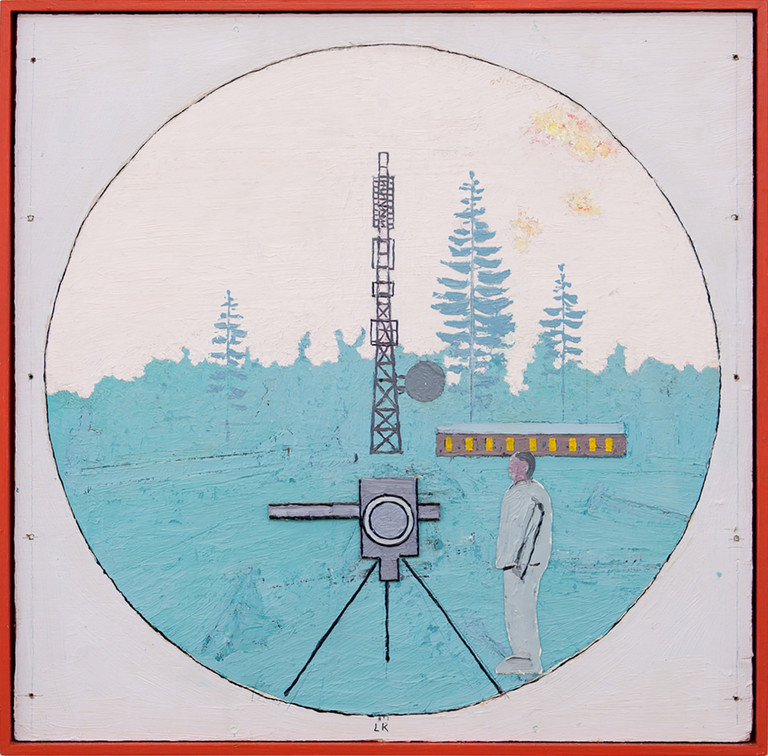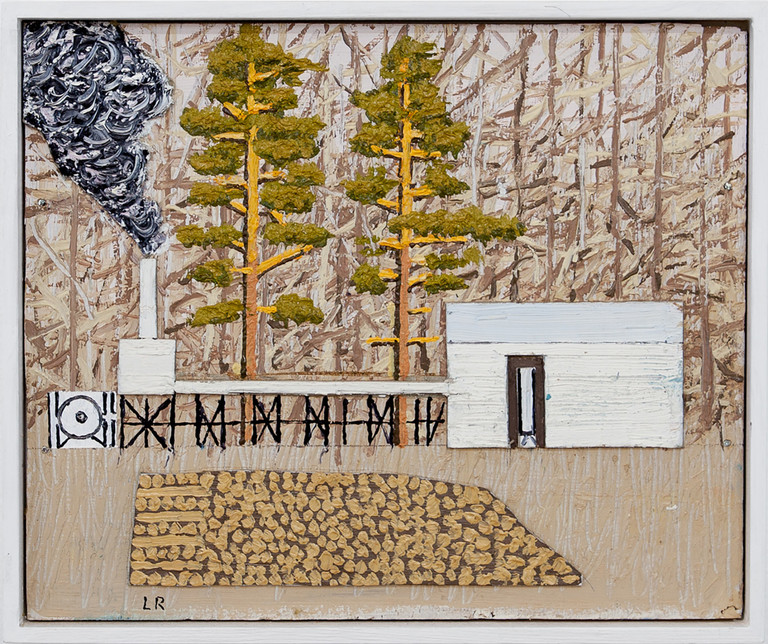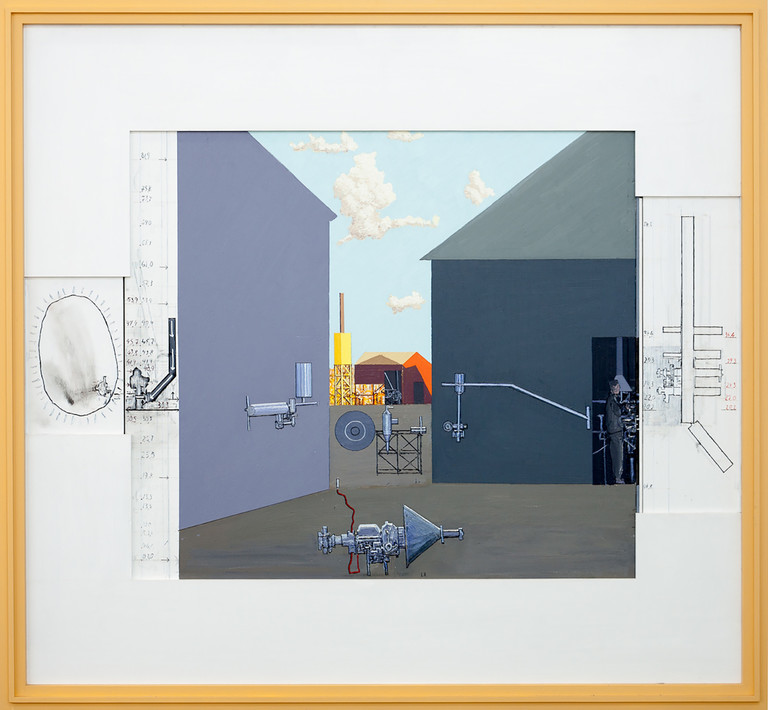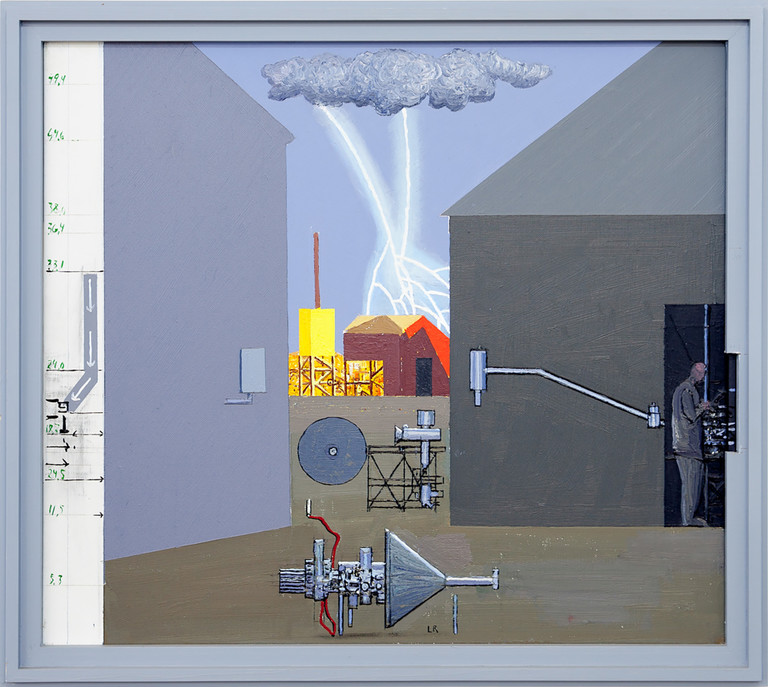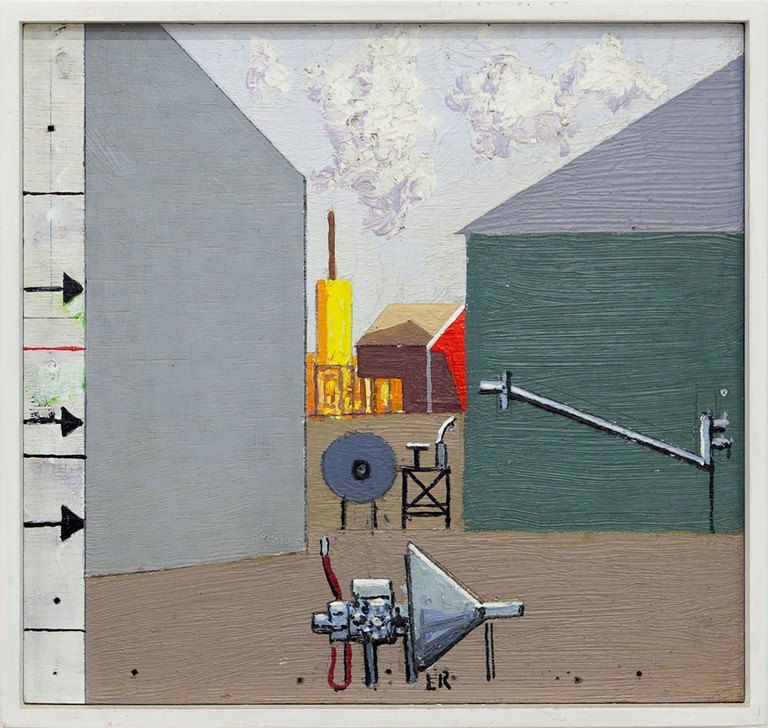It has been forty years since Leonard Rickhard debuted with a solo exhibition at Kunstnerforbundet in Oslo, August 24, 1974. At the time, critics noted the exhibition's range of motifs, the building of surfaces, and a tension between content and formal aspects; already then pointing to certain features that have been consistent within the production. Rickhard's work has developed with distinctive integrity throughout a ceaseless exploration of painterly values and the possibilities within contemporary painting. Central to these efforts one finds a will towards synthesization of apparent paradoxes – the relation between the classic and modern, the romantic and modernistic.
OSL contemporary has the honour to present an exhibition with new works by Leonard Rickhard, in which the artist continues his persistent investigation of the medium. The show includes 23 oil paintings on canvas or wood, in formats ranging from the monumental to the intimate. Within the selection, groups of works relate to each other rhythmically, formally, and figuratively. The works further a movement, present over the past few years, towards monochromatic and thinly brushed surfaces, and several of the pieces introduce a lightly touched palette. One also finds subtle transitions in Rickhard's compositions and figures, both in the re-visitation of earlier ideas, and in the elaboration of new elements, previously introduced only in drawings and details.
The intrinsic tensions in Rickhard's work express themselves in a practice that abstracts, but articulates a narrative; that constructs depth of dimension with colour and line, while insisting on its flatness and the equal values of visual fields on the pictorial surface. The works relate to the universal premises of painting: the dimensions of the pictorial space, the rhythm of forms, the intrinsic conflicts and harmonies of colour, their ability to cast light and shadow. Rickhard's subjects depict fragments of real landscapes and memories, usually specific to the southern Norwegian landscape where he lives and works. War and alienation from nature are concepts frequently suggested in a discussion of his content, which include military structures and weapons, dysfunctional technical instruction manuals and machines. However, the pictorial space is denied any quality of illusionistic reality and figures are portrayed like stencils or conceived patterns.
The works emphasize their own character of construction – not least by revealing constructive elements in the picture plane – grids, colour samples, calculations, or echoes of it's own framing. Also with regards to time, one finds opposite dynamics in the works; as the compositions' strictly balanced and immovable solidity contrasts with their figurative narratives, that seem to represent moments in time, a certain light, a time of day, or an acute event. Even so, a particular cast of characters has been carrying out the same actions within Rickhard's picture frames throughout his forty-year career. They measure, calculate, collect, contemplate, and perform operations – as if in an eternal attempt to grasp "something" which remains unknown to the viewer.
One could say that Rickhard's artistic understanding and painterly ideals relate to "the great painting of the world"1 - the classical painting as idea, history, memory and experience. " In Rickhard's work one finds mirrored a heroic (...) attempt at reconciling the aspects of form and content, a divide which (...) is sought balanced by the force of willpower. Through a slow battle, in image after image, to build a wall against the threat of the project's collapsing ".2 It is perhaps precisely this sincerity in Rickhard's artistic practice that continually calls upon our attention.
[1] Martin Herbert, 'Alternatives to an Ending', Leonard Rickhard. Paintings, ARNOLDSCHE Art Publishers, Stuttgart, 2012
[2] Øivind Storm Bjerke, 'Livet langs den sørlandske hovedvei', p. 17, Leonard Rickhard, by Øivind Storm Bjerke and Åsmund Thorkildsen. Cappelens Forlag, Oslo 1995 (Unauthorized translation).
